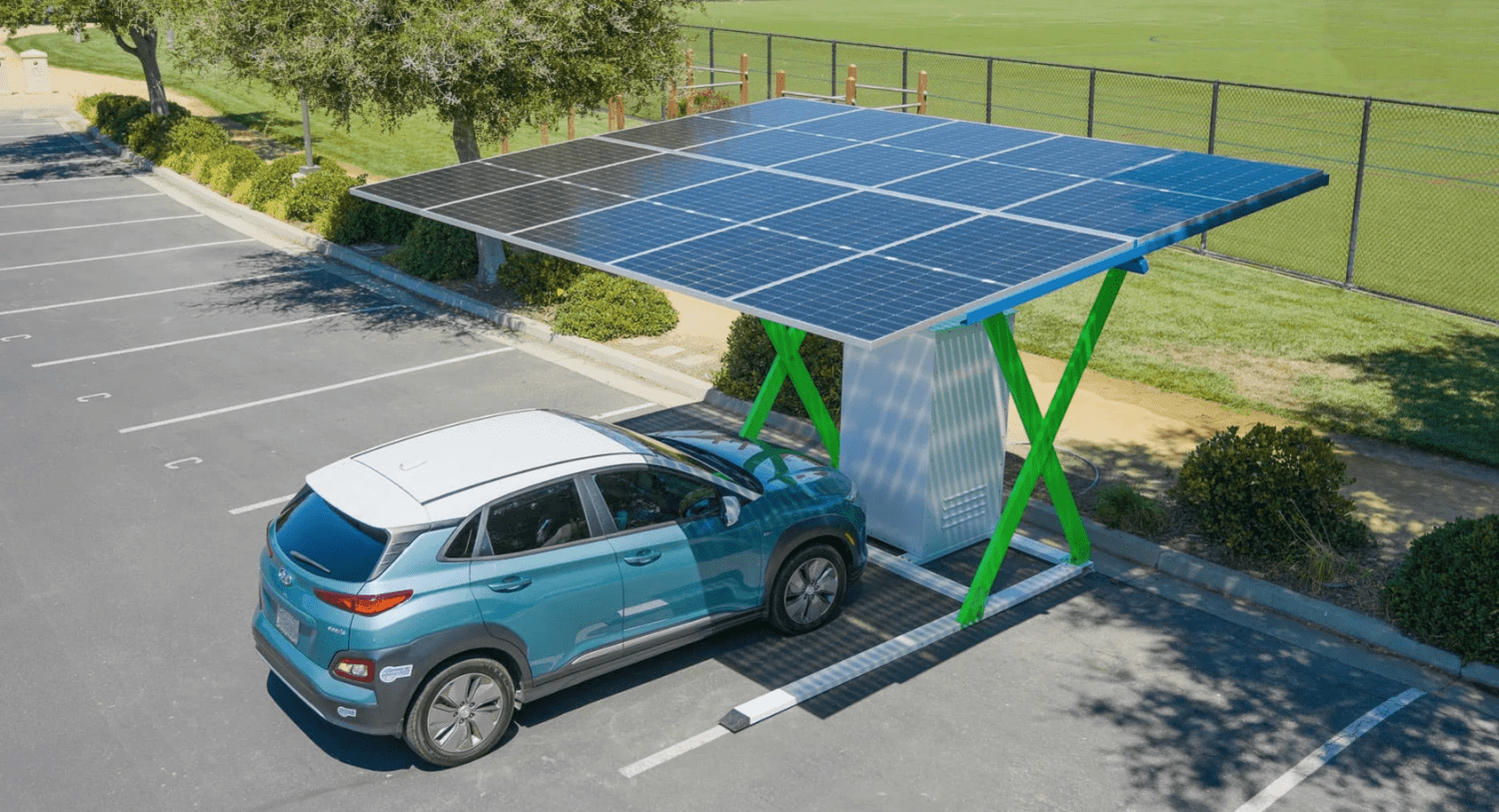As the world continues to move towards sustainable energy, electric vehicles (EVs) are becoming more popular than ever. However, for disabled individuals, owning and operating an EV comes with its own set of challenges. In this article, we explore the electric vehicle accessibility challenges that disabled persons face and their potential solutions.
According to a report from the American Institutes for Research (AIR)—A Hidden Market: The Purchasing Power of People With Disabilities—there are 64 million people with at least one disability in the United States, and around 35% of working-age people ages 16–65 have a total disposable income of about $490 billion, comparable to other significant market segments, such as African Americans ($501 billion) and Hispanics ($582 billion).
Not being marketed to — GM?
Barriers to EV ownership for disabled persons
EV Design
One of the biggest challenges facing disabled individuals when it comes to EVs is accessibility. Many EVs are designed with standard-size doors that may not be wide enough to accommodate a wheelchair. This can make it difficult for disabled individuals to get in and out of the vehicle. Additionally, some EVs are lower to the ground than traditional gas-powered vehicles, making it challenging for individuals with mobility issues to enter and exit the car.
According to the U.S. Department of Transportation, “Current ADA standards do not fully address EV technologies, risking expensive retrofits or lack of access for people with disabilities. For example, locating the battery in the floor of the vehicle makes it difficult to convert EVs for wheelchair users, and the weight of EV charging cables makes them inaccessible to some.”
The DOT’s Inclusive Design Challenge aims to find forward-thinking solutions to allow disabled persons to “use automated vehicles to access jobs, healthcare, and other critical destinations.”
“I do feel that I might have a harder time getting into the driver’s seat if the battery raises the height of the floor,” Kelly Dawson, a disability advocate and writer based in Los Angeles told The Verge.
EV charging stations
Another barrier to electric vehicle accessibility is the limited availability of charging stations. While the number of EV charging stations is increasing, many areas are still scarce, making it difficult for disabled individuals to travel long distances. This is especially true for individuals who require additional time to charge their vehicles due to mobility issues.
Furthermore, the location of EV charging stations can also be problematic for disabled individuals. Many EV charging stations are located in parking lots that require individuals to walk a distance to access them. This can be difficult for individuals who have mobility issues or require the use of a wheelchair.
Cost
Another challenge disabled individuals face when it comes to EVs is the cost. While the prices of EVs are decreasing, they are still significantly more expensive than traditional gas-powered vehicles. This can make it difficult for disabled individuals, who may already face financial challenges due to their disabilities, to afford an EV.
Additionally, the cost of installing home charging stations can be prohibitive for some disabled individuals. While charging at home is typically less expensive than charging at public charging stations, the cost of installing a charging station can be high, making it difficult for individuals to charge their vehicles at home.
Tech
The technology used in EVs can also be challenging for some disabled individuals. Many EVs require drivers to use touchscreens to access important information or control vehicle features. This can be problematic for individuals with visual or motor disabilities who may struggle to use touchscreens. Similarly, voice recognition systems can be challenging for individuals with speech impediments.
How are these barriers being addressed?
Despite the challenges facing disabled individuals regarding electric vehicle accessibility, there are also potential solutions. For example, some companies are designing EVs that are more accessible to disabled individuals. These vehicles feature wider doors, lower floors, and ramps, making it easier for individuals with mobility issues to enter and exit the car. Additionally, some charging stations are being designed with disabled individuals in mind, featuring accessible parking spaces and wheelchair ramps.


Vehicle charging using Paired Power solar panels
To address the issue of cost, some countries and states offer financial incentives to individuals who purchase EVs, which can help to offset the cost. Additionally, some organizations offer grants or assistance programs that can help disabled individuals to afford an EV or a home charging station.
Finally, to address technical issues, some companies are developing systems that are more accessible to disabled individuals. For example, some EVs now feature voice recognition systems that can be customized to recognize different speech patterns or accents.
In conclusion, while there are certainly challenges facing disabled individuals when it comes to EVs, there are also potential solutions to these challenges. By designing vehicles and charging stations with disabled individuals in mind, offering financial incentives, and developing technology that is more accessible, we can work towards a future where EVs are really for everyone.



